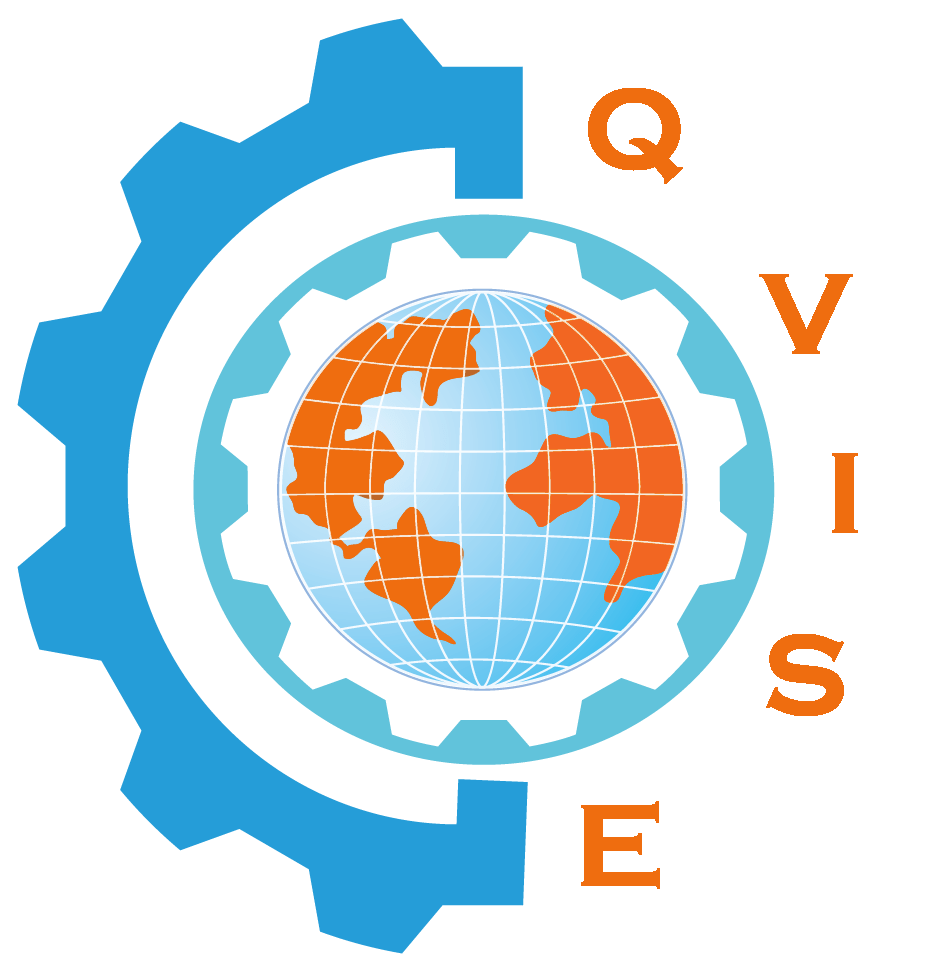CM Planning & Management
We understand the critical importance of effectively managing Configuration Items (CIs) in any B2B project. That's why we develop Configuration Management (CM) (CM) planning documents that reflect the efficiency and appropriate application of CM principles and practices to the identified context and environment.
Our CM planning documents include a general product definition and scope and a description of CM activities and procedures for each major CM function. We also outline the organization, roles, responsibilities, and resources involved in the CM process, along with definitions of key terms and programmatic and organizational interfaces.
Additionally, our CM planning documents include deliverables, milestones, schedules, and subcontract flow-down requirements. These documents become the configuration baseline for implementing CM activities and defining the roles and responsibilities of the team involved.
By developing robust CM planning documents, our computer-aided facility management ensures that all CIs are tracked and managed effectively throughout the project's lifecycle, which helps to minimize risks and ensure project success.
Configuration Identification
We adopt a comprehensive strategy for Configuration Management (CM) (CM), establishing connections maintained in product structures and configuration elements, validating changes, and releasing new configuration documents for consistency. Our team of experts is skilled at concluding the configuration identification function, realizing traceable configurations, and the organized composition of the product defined and documented. Product configurations are efficiently baselined and managed. We also manage product interfaces so that a product's data and consistency are upheld throughout its life cycle.
Configuration Change Management
We adopt a comprehensive strategy for Configuration Management (CM) (CM), establishing connections maintained in product structures and configuration elements, validating changes, and releasing new configuration documents for consistency.
Our team of experts is skilled at concluding the configuration identification function, realizing traceable configurations, and the composition of the product defined and documented. Product configurations are efficiently baselined and managed. We also collect product interfaces so that a product's data and consistency are upheld throughout its life cycle.
Configuration Status Accounting (CSA)
Our team of experts is dedicated to capturing, recording, retrieving, and reporting on the information needed to manage a configuration effectively. We understand that this information is critical to supporting program and project activities, and we prioritize ensuring that the data is readily accessible and accurate.
Our software Configuration Management (CM) entails recording and reporting on process status, configuration audit, and performance data so that you can stay current on your project progress. We analyze and refine our CM process' effectiveness and efficiency using key metrics and performance indicators derived from this data. You can count on us to find problems immediately and take appropriate action before they impact your project.
Failure to put appropriate status and performance measurements in place can result in inconsistent CM process execution, which places both the product and the enterprise at risk.
Configuration Verification & Audit
At QVISE, we understand the critical importance of effective Configuration Management (CM) processes in ensuring consistency and accuracy throughout the product life cycle. That's why our team of experts, drawn from various domains, is dedicated to conducting rigorous configuration verification and audit activities.
Our Configuration verification and audit processes are designed to establish and ensure that appropriate CM processes are in place and effectively operate to maintain consistency between the product and its configuration information throughout its life cycle. We ensure that the product achieves the physical, functional, and interface requirements defined in the approved product definition information.
